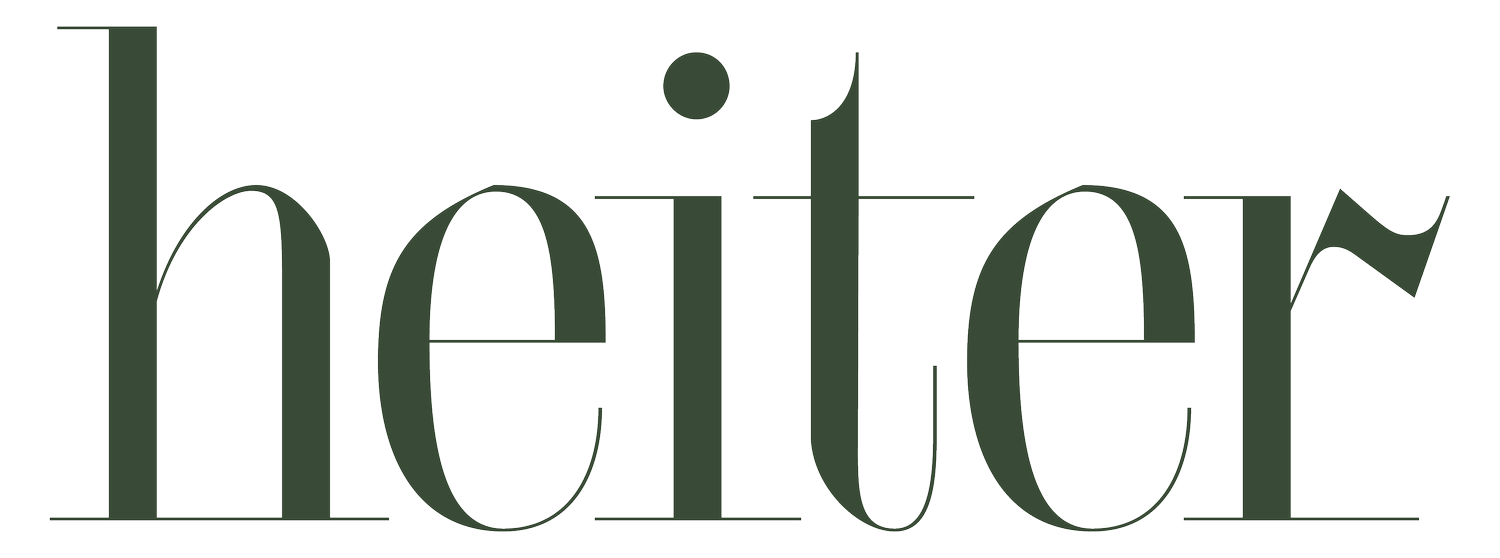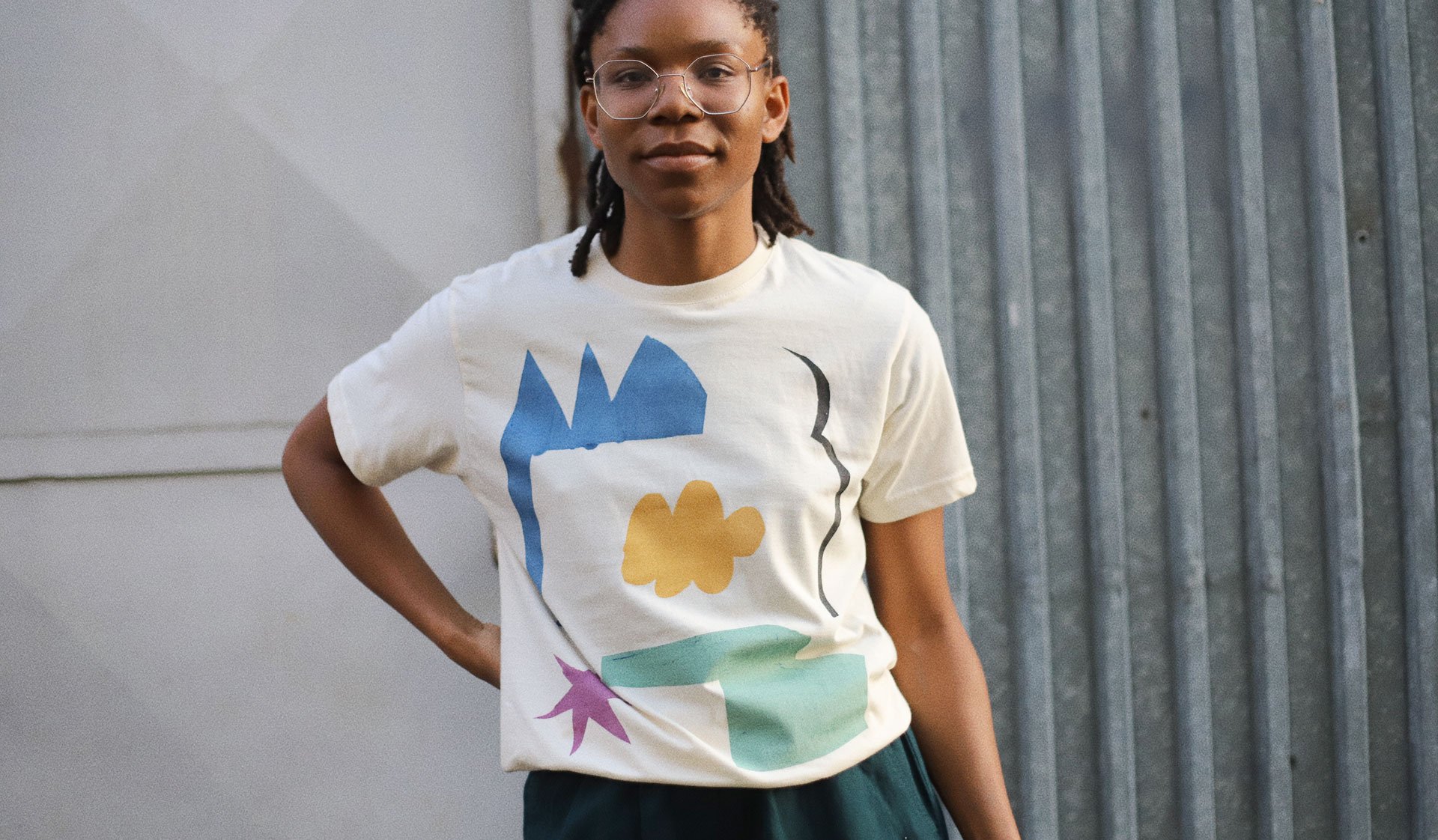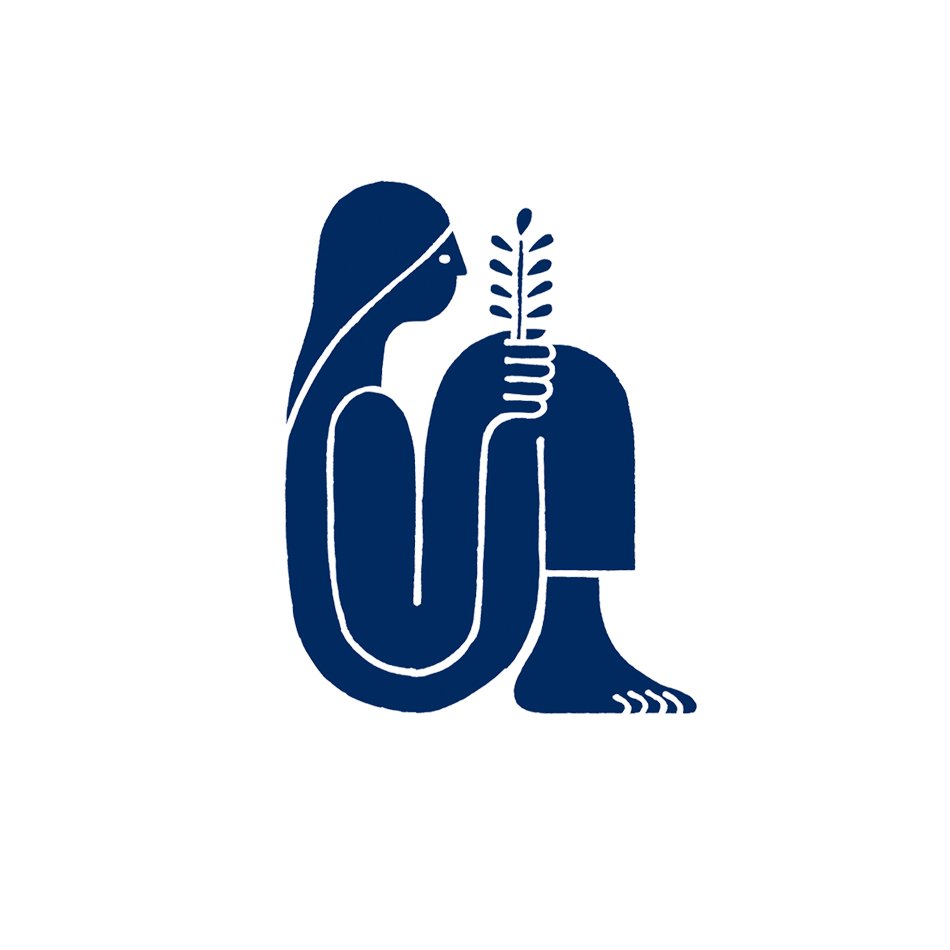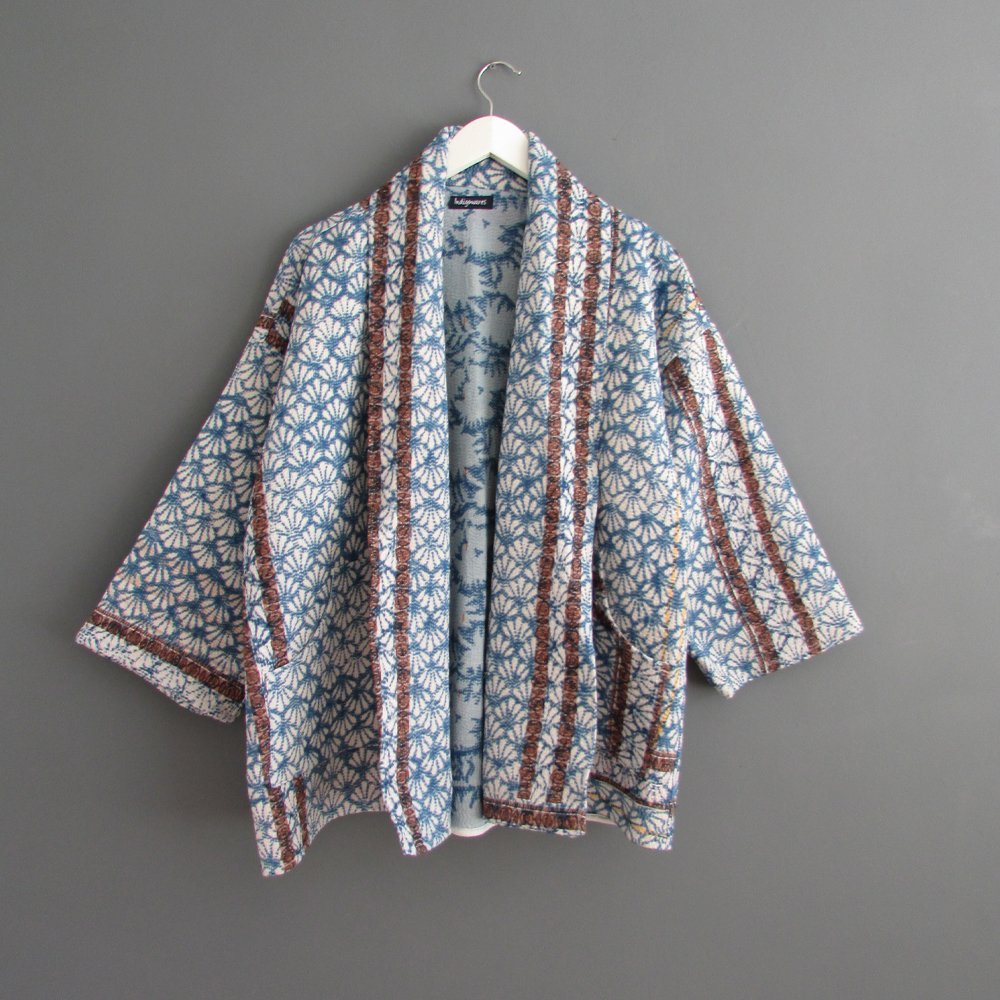ROE: clothes that shower you with joy
Linda Retterová is a designer and owner of a small textile studio focusing on limited collections of clothing and accessories. Under her own brand, ROE, Linda designs unique looks and experiments with different printing techniques. Her fabrics are playful and one-of-a-kind. And the fact that she also makes the pieces by herself, adds softness and warmth to each collection. Linda will not only dress you, but her clothes will shower you with joy.
Why did you start working with fabric and designing your own clothing line?
I am fascinated by things that can be created with one’s own hands. I want to feel, touch, smell the materials and see the beautiful colors. The fact that someone will wear my pieces adds extra meaning and value to it. Whenever I see someone on the street wearing my clothes, I am excited and wave at them even though I don’t know the person at all. The excitement from that moment is just so high.
Through my clothing, I want to bring this feeling to others. I play with colors, shapes and feelings so you can wear them, step outside, and hopefully, they will improve not only your mood but brighten everyone else’s as well.
You design your own prints. What brought you to experiment here?
Simply put, I just wanted to try it. I dove into experimenting with graphic printing techniques, including (silk) screen printing using all my experience from studying animation and graphic design. I started to change and adjust these methods for printing onto the textile. Nowadays, I use eight different techniques.
Animation and graphic design married into one and resulted in my work with textiles. At the very beginning, I was playing with print and fabrics just like with animation – designing clothing for puppets to later create my very first ROE collection. Until today, animation remains an important part of my creative process.
ROE is very colorful. Is it important for you to stand out?
It’s not that much about standing out or being different as about being positive. I want to pass this way of thinking and feeling through my work to others. I think that clothing is a great medium to do so.
With what fabrics and where do you work?
I love to work with natural materials. I print with colors that you can dilute by water without using chemicals. Those colors are the most suited for cotton, linen and wool. Those are the fabrics I gravitate toward. I print in my workshop in the Kralin neighborhood here in Prague. The sewing itself happens in my new atelier in Letna, where my clients can come and see new prints and how I work.
Lately, I’ve been experimenting with digital prints that I use for knits as well as very colorful prints that would be too difficult to do in my workshop by (silk) screen printing.
How do you come up with new ideas?
I don’t, they come to me. Different perceptions combine and mix with things that I have already envisioned for some time and a new idea comes to life. It’s like when you cook a soup. When nothing comes, I take scissors and start cutting different colorful combinations and shapes from paper or I draw in a hope of inviting something new in.
Do you have any favorite local, or perhaps even worldwide brands that you like?
Now that I have my own clothing brand and I am sewing my own pieces, I don’t have to buy clothes that often anymore. Lately, I more often give away my clothing because I have a feeling that I don’t wear a lot from my closet. My most loved pieces are from the Spanish brand Bobo Choses and the older collections of Polish brand Pantuniestal.
If I had to choose a bigger (mass-fashion) chain, I would shop at Lindex. Not only because of the name similarity, but also their items last longer thanks to the natural quality materials they use. From the Czech brands, I really enjoy the collection Hybrid and Dreamers from the designer Hana Frisonsova, swimsuits and shoes from Plove and dresses and coats from Luft.
What’s your ultimate ROE go to piece?
I feel the best in Chalk Drawing Loose Dress or an oversized sweatshirt with colorful leggings. The Chalk Drawing Dress is made from viscose, which is very light and ideal for the summer – that’s why I personally like it. It’s a very summery, colorful and cheery dress.
Do you believe that clothing and accessories can make us more joyful?
The quality materials that touch us or the colors that we wear throughout our days can for sure make our life more pleasant. By wearing them, we always have them very close by.
Andrea Juckem is a writer and co-creator of the bi-lingual online magazine NIKA (which means niche in English). She has always been attracted to people's stories and communication but it was not until recently that she decided to put it all in words that have an impact: Andrea now uses her (Czech and English) writing to express emotions and share meaningful thoughts and stories.
Images: ROE










